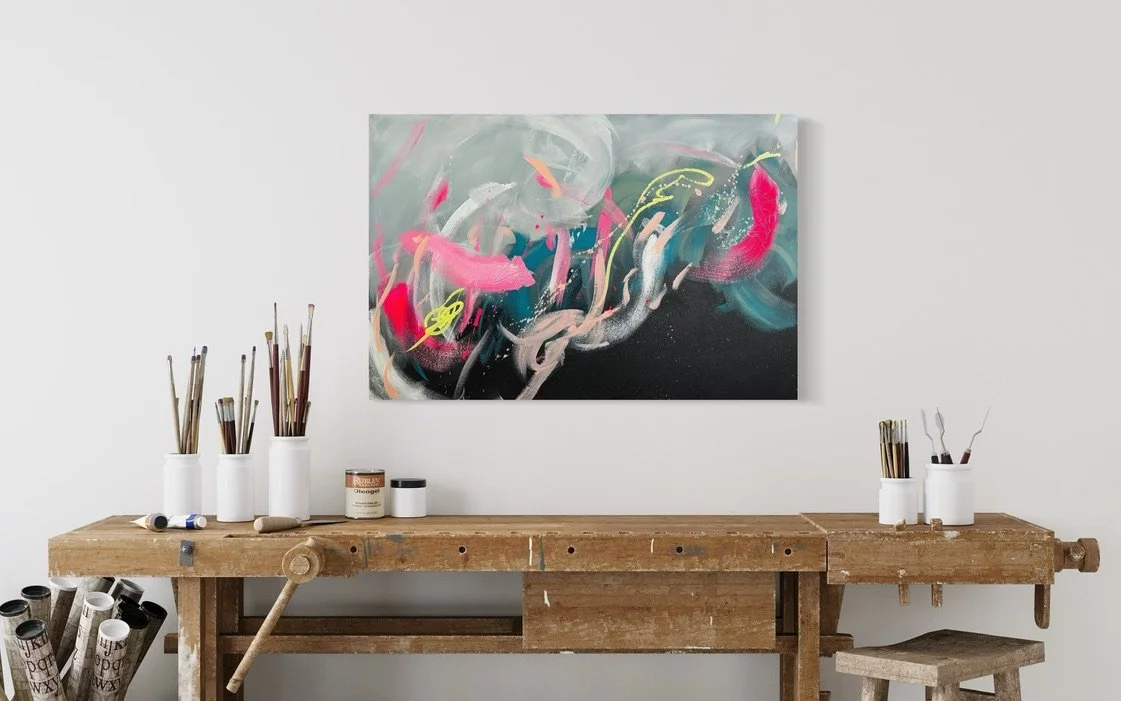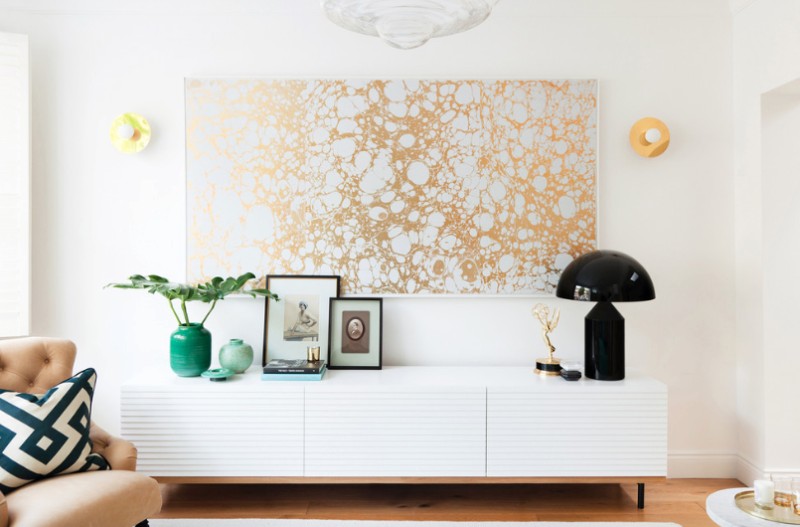Creating Inspirational Photo Walls for Classrooms: A Guide for Photographers
In the realm of educational spaces, creating inspirational photo walls for classrooms is an emerging trend that is captivating educators and students alike. As a professional photographer, you have the unique opportunity to contribute to this transformative movement. By infusing classrooms with creativity and inspiration, photo walls can significantly enhance the learning environment. This article will delve into how professional photographers can craft compelling photo walls that resonate deeply within educational settings.

Why Photo Walls Matter in Classrooms
Photo walls serve as a canvas of inspiration that can stimulate students' imaginations and encourage a love for learning. They are more than just decorative elements; they are visual storytelling mediums that can be tailored to complement educational themes and curricula. Creating a photo wall is akin to curating an art gallery where each photograph holds a lesson or a story.
When designing photo walls, it's important to consider the impact on students' psychological well-being. According to an article on The Psychology of Wall Art, decor choices can significantly influence mood and productivity. For this reason, selecting uplifting and motivational imagery is key. Furthermore, photo walls can be used as interactive tools, engaging students in discussions and activities related to the images displayed.
Choosing the Right Theme
The first step in creating an inspirational photo wall is selecting a theme that aligns with the classroom's educational goals. Themes can range from historical timelines and scientific discoveries to cultural diversity and environmental awareness. As a professional photographer, your expertise in visual storytelling will be instrumental in bringing these themes to life through your lens.
Consider collaborating with educators to understand the curriculum and identify key concepts that can be visually represented. This collaborative approach ensures that the photo wall not only beautifies the space but also enriches the students' learning experience.
Curating Content and Composition
Once the theme is established, curating the content becomes a crucial step. Select photographs that are not only visually appealing but also convey clear messages related to the theme. Pay attention to composition, color schemes, and the overall flow of the images. A well-curated photo wall should guide viewers' eyes naturally from one image to the next, creating a cohesive visual narrative.
For example, if the theme is 'Scientific Innovations,' consider a chronological arrangement of images depicting significant inventions and discoveries. Each photograph can be accompanied by a brief caption or fun fact, adding educational value to the visual experience. For tips on arranging your images, refer to the article on Combining Digital Prints with Photo Walls.
Utilizing Technology and Innovation
In today's digital age, technology can enhance the impact of photo walls in classrooms. Consider incorporating digital elements such as QR codes that link to additional resources or interactive features. This allows students to engage with the content on a deeper level, transforming the photo wall into an interactive learning hub.
Furthermore, advancements in printing technology have made it easier to produce high-quality, durable prints suitable for classroom environments. For photographers interested in exploring digital enhancements, the article on Using AI-Generated Photos in Painting provides insights into integrating technology with traditional photography.
Installation and Presentation
The final step is the installation of the photo wall. Pay attention to the placement and lighting to ensure that each photograph is displayed to its best advantage. Consider the height and angle at which the images are hung, making them accessible and viewable to students of all ages.
Professional photographers can also offer workshops or presentations to educate students and teachers about the stories behind the images. This not only enhances the educational value but also fosters a connection between the photographer and the classroom community.
For budget-friendly tips on wall art installation, check out Wall Art on a Dime.

Frequently Asked Questions
What are the benefits of photo walls in educational settings?
Photo walls can enhance the learning environment by providing visual stimuli that inspire creativity and critical thinking. They can also serve as educational tools that complement the curriculum.
How can photographers collaborate with educators?
Photographers can work closely with educators to understand the curriculum and select themes and images that align with educational goals. Collaboration ensures that the photo wall adds value to the classroom.
What should be considered when selecting images for a photo wall?
When selecting images, consider the theme, educational value, and visual appeal. Ensure that the images are of high quality and that they convey clear messages related to the theme.
In conclusion, creating inspirational photo walls for classrooms presents a unique opportunity for professional photographers to make a meaningful impact in educational settings. By combining creativity, collaboration, and technology, photographers can transform classrooms into vibrant spaces of learning and inspiration.

